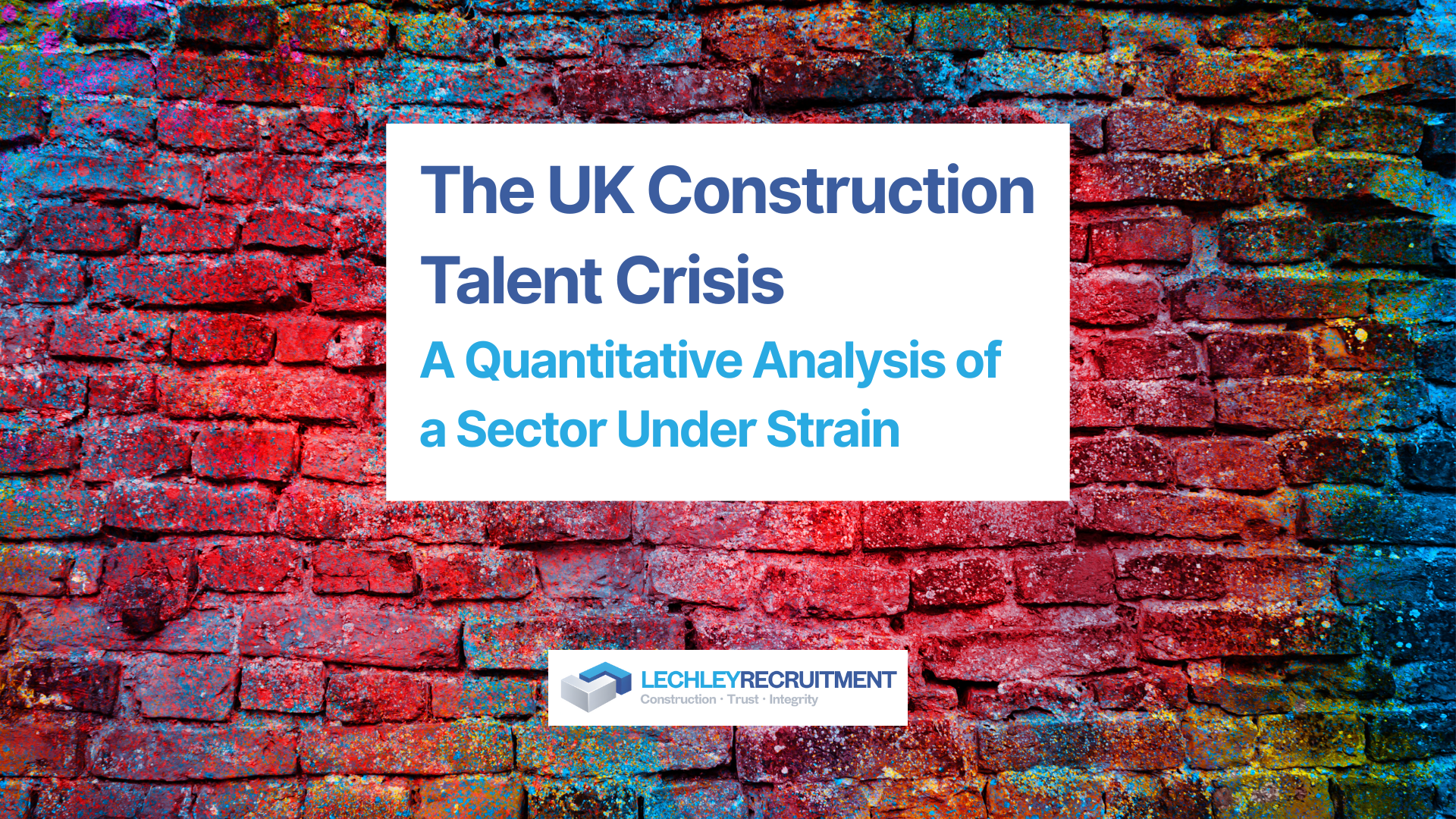The Vanishing Pillars: Addressing the Talent Exodus in Construction
Talent Exodus in Construction
The foundation of the construction industry, metaphorically and literally, has always rested upon its workforce's knowledge, skills, and experience. Iconic skyscrapers, sprawling bridges, and innovative eco-friendly projects are all testament to the expertise and dedication of countless professionals. However, as the industry stands proud showcasing its achievements, a shadowy challenge creeps behind the scenes: a talent exodus that might leave gaps too significant to fill.
The Unseen Crisis
Today, the construction industry is facing a unique crisis. Veteran professionals, brimming with decades of experience, are approaching retirement. Meanwhile, younger generations appear less inclined to embrace careers in construction. This dual-edged sword poses a significant threat to the industry's future. The rich tapestry of knowledge and insights these experienced individuals carry cannot be replicated overnight, if ever.
The Numbers Speak
Recent industry reports depict a worrisome picture. Not only is there a decline in young professionals entering the field, but there’s also a notable increase in experienced professionals leaving, whether due to retirement, career changes, or other factors. This situation presents a two-fold challenge: a shrinking workforce and an eroding knowledge base. The ramifications of these departures could reverberate for decades if not addressed proactively.
Understanding the Root Causes
To address the problem, we first need to understand its genesis. Several factors contribute to this talent exodus:
- Evolving Career Preferences: Today's youth are increasingly drawn to tech-centric roles. Digital careers, whether in AI, software development, or digital marketing, often seem more appealing than hands-on fields like construction.
- Perceived Instability: Economic downturns, project cancellations, and the cyclical nature of construction jobs can deter potential entrants.
- Physical Demands: The strenuous physical demands associated with many construction roles can be a deterrent, especially when compared to desk jobs.
- Lack of Awareness: Many young individuals might not be fully aware of the diverse opportunities within the construction sector, thinking of it only in terms of on-site labor.
Bridging the Gap: Potential Solutions
The industry cannot afford to be a passive observer. Proactive measures are essential. Here are some potential strategies:
- Mentorship Programs: By pairing experienced professionals with newcomers, the industry can ensure a seamless knowledge transfer.
- Modern Training Solutions: Leveraging virtual reality (VR) and augmented reality (AR) for training can appeal to the tech-savvy generation.
- Promoting Diversity: Encouraging diverse talent pools, including women and underrepresented communities, can expand the potential workforce.
- Showcasing Opportunities: Seminars, webinars, and open days can provide a platform to showcase the vast opportunities within the sector, from design and management to technology integration.
- Flexible Work Models: Exploring part-time roles, remote work options, and other flexible models might attract those hesitant about traditional construction roles.
The Road Ahead
While the challenges are significant, they are not insurmountable. The construction industry has weathered many storms and can overcome this with unity, foresight, and innovation. It's a collective endeavour that requires industry leaders, educators, and policymakers to come together.
By understanding the shifting landscape and adapting accordingly, the construction industry can ensure that while some pillars might vanish, new ones, equally robust and resilient, will emerge in their stead. The key lies in embracing change, fostering a culture of continuous learning, and ensuring that the legacy of those who came before is remembered and built upon.





